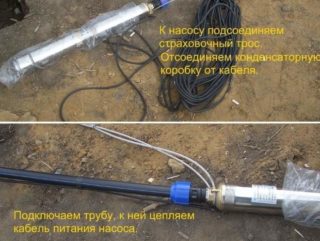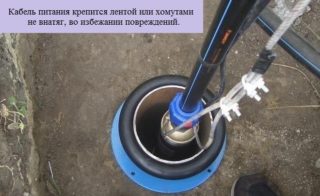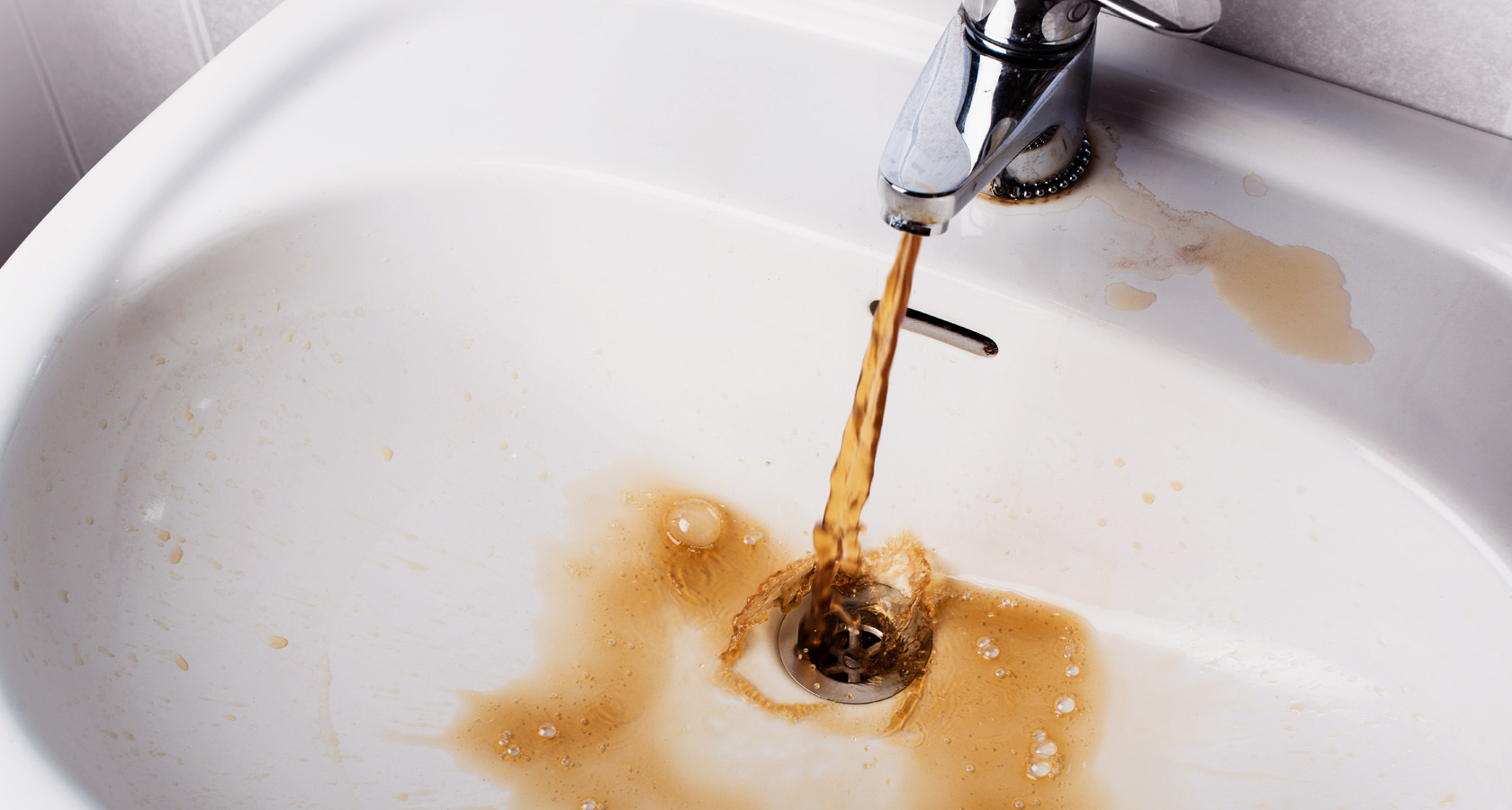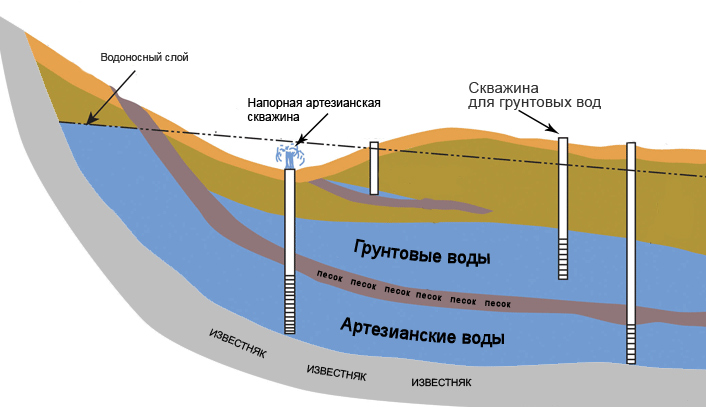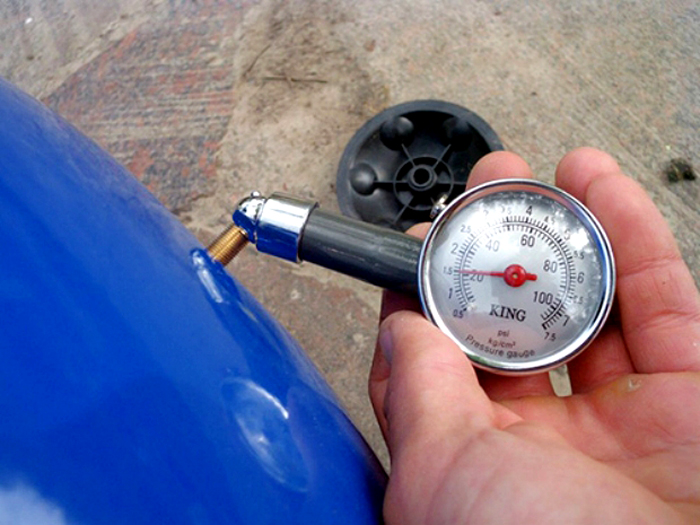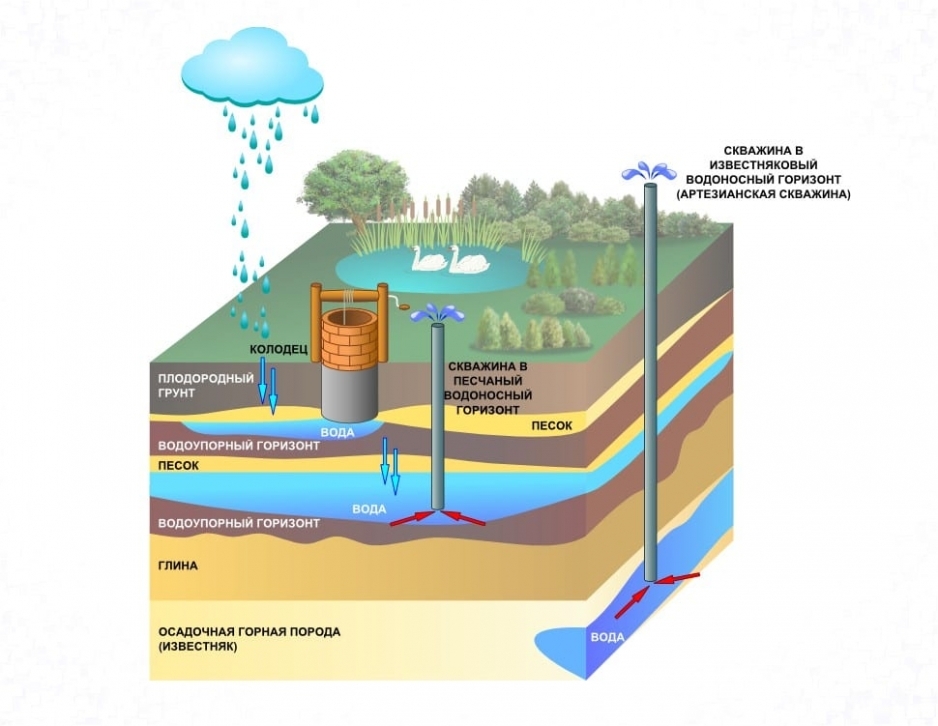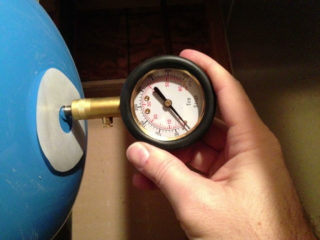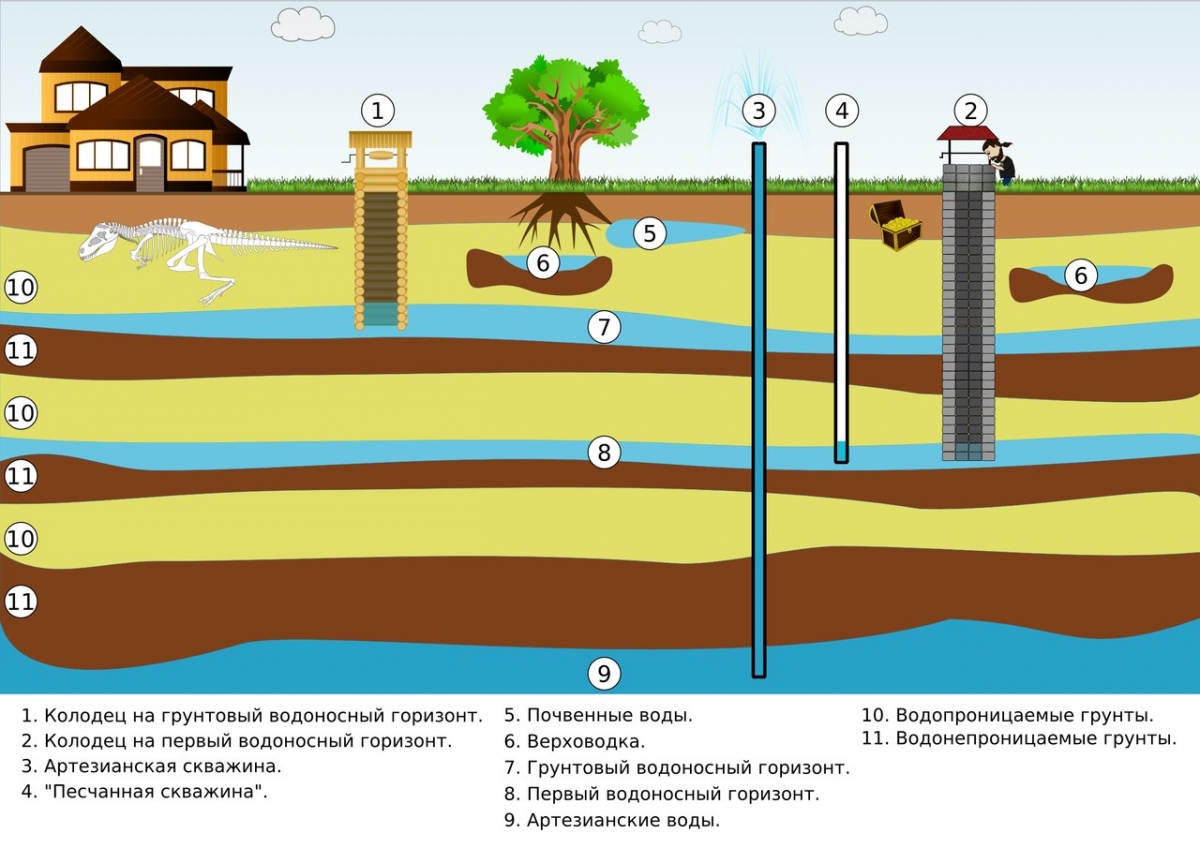Installation of a submersible borehole pump requires special care from the installer and rechecking of all calculations. This also requires certain skills, without which the procedure cannot be performed without errors. It is necessary to familiarize yourself with the sequence and rules for installing pumping equipment even if you plan to entrust the work to specialists.
Choosing the right pump

In order for the equipment to serve without interruption for many years, it is necessary to correctly install it and use a suitable pump, the technical characteristics of which are optimal for the existing well or well.
The best choice for a well on your own site is a centrifugal model. Vibration markers can cause excessive vibration in the source, which will lead to the destruction of not only the soil, but also the pipe that serves as the basis for the well. Such models are not recommended for installation "on sand" - such wells are less resistant to impact than artesian wells. It should be remembered about other features of the pump:
- The capacity of the equipment should be appropriate for the size and depth of the well.
- Each model in the technical documentation has recommendations for installation at a particular depth. If you use a 50m pump at 60m depth, it will use up 10 times faster.
- If the well was installed on its own, it is better to use a special model for an artesian well, which will be less destructive, because professional drilling is still different in quality from amateur.
- you need to take into account the diameter of the pump - it is selected based on the size of the casing.
Together with the choice of a submersible pump for a well, at the time of creating an installation scheme, it is necessary to immediately take into account the pipe diameter. The best choice is a four-inch material, since it is easier to select a pump for it than for a three-inch one.
Preparation for installation and selection of related materials
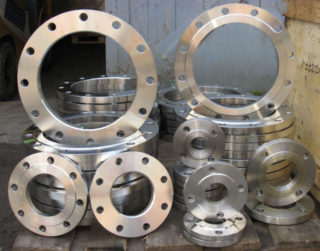
For quick installation, you will need the following tools and consumables:
- additional polymer rope for lowering equipment;
- flexible rubber for shock absorption during the descent;
- an electrical cable of sufficient length, which will not be stretched when the pump is pumped down to its maximum;
- plastic pipes for diverting water to the common pipeline system - at least 3.2 cm in diameter;
- flanges for connecting pipes, which are more durable than threaded elements, but you can also use them;
- clamps for securing cables;
- non-return valve, as well as a shut-off valve for the pipe;
- steel attachment point;
- pressure gauge.
Additionally, you will need wire and electrical tape for temporary fastening of various elements.
It is important to consider the characteristics of the water pipe. If the well is up to 50 m deep, the pipes must withstand a pressure of 10 atm. If more than 50 - not less than 12.5 atm. When using wells with a depth of more than 80 m, the pipes must be designed for 16 atm.
Step-by-step pump installation procedure
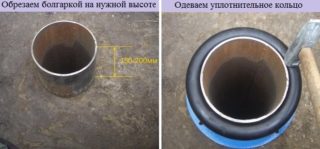
After preparing all the tools and consumables, you can start installing the submersible pump into the well. The main element to be worked with is the casing.Install it in the well immediately after drilling. The pump is lowered into it during installation. It is important to make sure that the borehole remains flat along its entire length, and that it does not have any narrowing or curvature.
Installation steps:
- Determination of the difference between the internal section of the well pipe and the diameter of the body of the lowered equipment. If the pipe comes out end-to-end, any imperfections in it can cause equipment breakdown. If the pipe is too large, it will not cool properly and will soon fail. It is necessary to clarify the exact parameter of the gap in the documentation accompanying the equipment.
- Securing all pipes and cords. All elements of the hydraulic conduit are connected using flanges.
- Lowering the hydraulic machine into the well using a polyamide cord. The cord is tied to the body, then the technique is gradually lowered down. Ideally, the cord should easily support a weight that is 5 times the weight of the hydraulic machine. The cord knot must be at least 10 cm from the machine inlets, and the ends must be cut.
Before lowering the pump, check the fastening of the supply cable - The use of a spring hanger when installing to a depth of less than 10 m. If the pump is installed at the indicated depth, a spring hanger mounted on the housing is used. It can be a medical tourniquet or a piece of rubber. Wire and metal rope are not suitable for these functions as they may break the fasteners on the machine body.
- Application of additional elements during the descent. Together with the pump, a power cord and a reinforced-plastic pipe are lowered into the casing pipe, which is connected to the branch pipe. They are fastened with insulating tape in increments of 70 to 130 cm. The first bundle of electrical tape should be located 20 cm from the discharge pipe.
Pay particular attention to the pump draining procedure. It is very important that its walls and body remain intact. Do not jerk and hit the pipe. After the machine is installed, the upper end of the suspension is attached to a crossbar mounted on the ground. It shouldn't be mobile.
Pump activation algorithm

As soon as the installation of the submersible pump into the well is completed, the first connection of the equipment is started. It is very important to connect all the elements correctly, otherwise this will affect the service life of the equipment:
- The end of the pipe connected to the branch pipe is fixed to the base plate of the well.
- If there is no check valve in the design of the hydraulic machine, it is purchased separately and installed on the discharge line.
- Install on the discharge pipe valves, a branch elbow and a pressure gauge, which will allow you to keep the pressure level under control.
- An elbow extending from the pipe is connected to a pipeline that will distribute the liquid to the points of consumption.
After all the manipulations, you need to measure the resistance of the motor winding and the electric cable, which is immersed in a liquid medium. For this, a megohmmeter is used. Now you can connect the pump to the control station and carry out a test run of the equipment.
It is impossible to call the installation of pumping equipment in a well or a well a simple procedure. It requires a lot of care and responsibility and, unfortunately, is not available for execution by beginners who have never done anything similar.
Determining source depth

For adequate operation, it is necessary to fix the pump in the well at a certain depth. For this, it is important to take into account the dynamic and static level of the liquid medium:
- static - the level at which the water is in a calm state relative to the surface of the earth;
- dynamic - the level to which the water falls when it is pumped out.
In order for the pump to work without interruption and not overheat, it must be installed at least 30 cm below the dynamic level. It is even better if the equipment is installed at a level of 2-3 m from this mark. But we must not forget that the distance to the bottom should be at least 1 m, and preferably 2 m.
Common errors and their elimination
You can improve the quality of the work performed by familiarizing yourself with the typical mistakes in advance. This will save the installer from unforeseen expenses and other negative aspects. The most common mistakes are:
- using a power cable with an unsuitable cross-section;
- incorrect determination of the pump suspension height;
- wrong choice of control automation;
- lack of an element of protection against voltage surges;
- small diameter of water supply pipes;
- lack of a check valve in the system.
You can reduce the risk of errors even at the stage of preparing for the installation of the pump. If you have difficulties with the choice of accessories and consumables, you should consult a specialist.
Almost all amateurs make mistakes when installing equipment. They have to be corrected, the main thing is not to rush and once again carefully study the problem that has arisen.
Installation on your own or ordering services from specialists
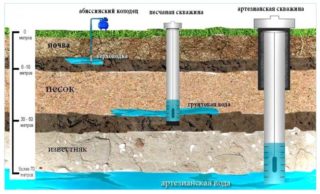
When installing a borehole pump, various difficulties can arise. If a person has experience in the construction of hydraulic structures or other similar structures on the site, has experience in designing similar systems and an understanding of the work of certain elements, you can cope with the task on your own. If you have any difficulties, you can always turn to the help of the Internet.
If there is no similar experience, and the person has no idea how the hose differs from the pipe, then it is better to contact a specialist. The cost of services can be high, but the craftsmen will do everything correctly and reliably.
An important factor is what kind of plan the well is equipped with. If this is an artesian well with a depth of 70-100 m, it is better to contact a specialist. It is very important that the well itself is equipped with a professional crew. After all, vibrations from a working pump can seriously damage any amateur structure that is not designed for certain loads.

